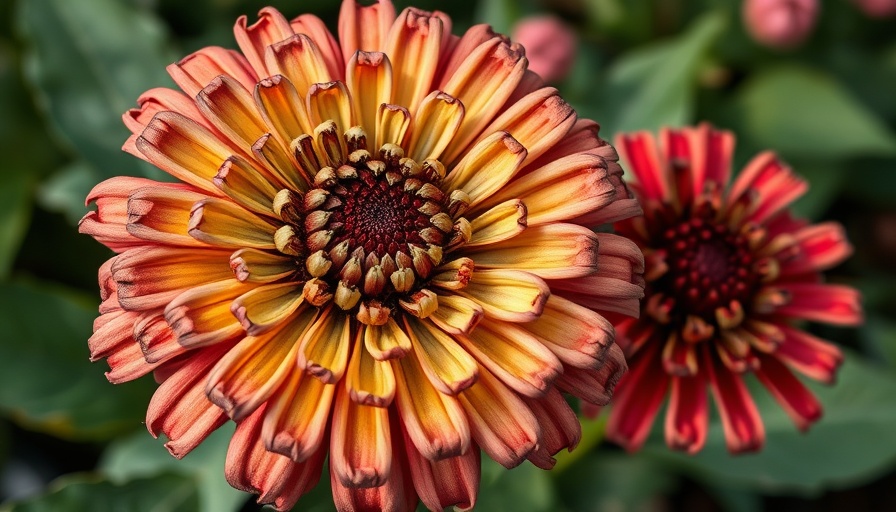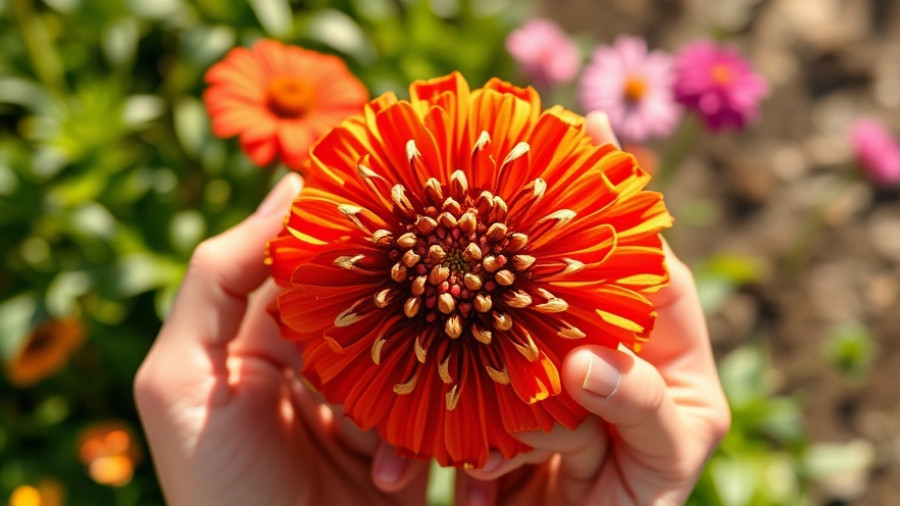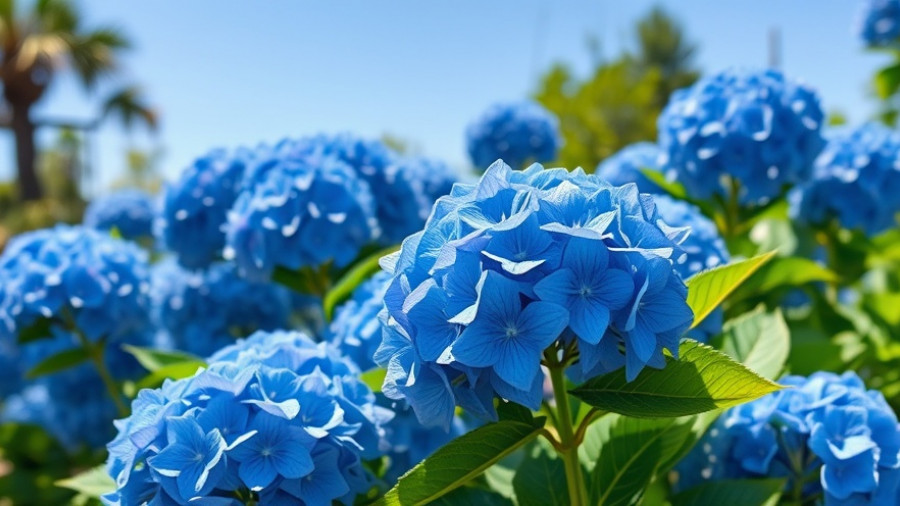
Why Collecting Seeds in August is Essential for Gardeners
August marks a pivotal moment in the garden calendar. As summer blooms begin to fade, the time for harvesting seeds arrives, offering both practical benefits and emotional rewards. Collecting seeds not only allows you to propagate your favorite plants, but it also provides a significant cost-saving avenue for gardening enthusiasts.
Seeds of Opportunity: The Healthiest Plants in Your Garden
One of the most profound advantages of collecting your own seeds is the ability to choose from the healthiest and most robust specimens. By selecting seeds from the best performers in your garden, you can create plants that are well-adapted to your local environment. This practice fosters better plant genetics over time, leading to a garden that thrives season after season.
Gardening as a Community: Sharing Seeds and Stories
The joy of gardening extends beyond individual plots—it's about building connections within your community. Many gardeners love the practice of exchanging seeds with friends and neighbors, enriching their gardens with diverse strains that are known to flourish locally. This exchange not only cultivates a stronger community bond but also increases the variety of plants that grow well in shared spaces.
A Closer Look at Favorite August Seeds to Collect
Several delightful plants yield seeds during August, and each brings unique beauty and benefits to the garden:
Zinnia (Zinnia elegans)
These bright and cheerful blooms attract pollinators, making them a favorite in cutting gardens. To collect zinnia seeds, simply leave a flower or two on the plant until the heads are fully dry and brown. Once dry, pinch off the flower head, separate the seeds, and store them properly.
Coneflower (Echinacea spp.)
Like zinnias, coneflowers also thrive in full sun and are essential for pollinator support. Allow some blooms to dry and collect the seeds once they feel ready. Echoing the benefits of biodiversity, these vibrant plants not only enhance beauty but also promote ecological health.
Beyond August: The Long-Term Benefits of Seed Collection
Engaging in seed collection during August paves the way for long-term sustainability in gardening practices. It encourages an understanding of seasonal cycles, deepening your connection to nature. Additionally, these seeds can serve as the foundation for future plantings, ensuring that your garden remains vibrant and diverse.
Practical Tips for Successful Seed Collection
- Choose Dried Flowers: Ensure the flowers are fully dried on the plant to maximize seed quality.
- Store Properly: After collection, seeds should be stored in a cool, dark place to maintain viability.
- Document Varieties: Keeping track of different seed types helps in planning for next year’s garden.
Joy of Gardening: Cultivating Connections and Ecology
Ultimately, the act of collecting seeds is about more than just the plants; it’s a way to enrich lives. For outdoor living and gardening lovers, it connects them to the rhythms of nature and fosters community ties, ensuring the beauty of gardens thrives for generations. Why not grab your tools and start your seed collection this August?
Join the Gardening Movement!
As you embark on your seed-collecting journey and deepen your connection to your garden, consider sharing your experiences with fellow gardening enthusiasts. Whether it’s through social media, community groups, or neighborhood chats, your stories can inspire others to join the gardening movement!
 Add Row
Add Row  Add
Add 




Write A Comment